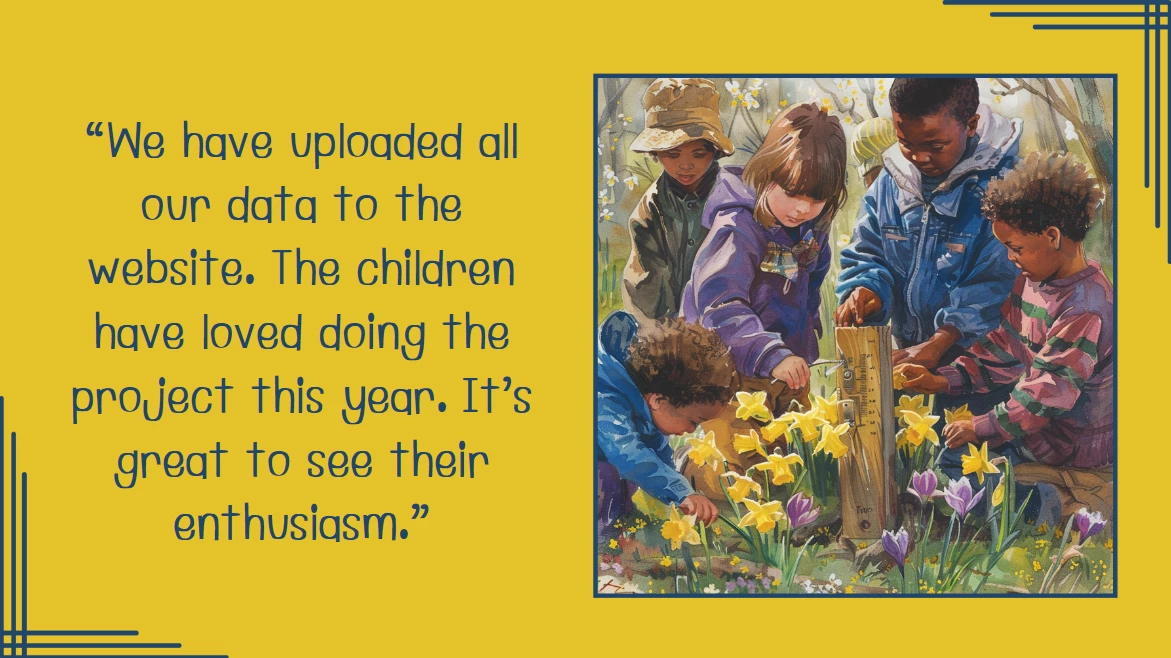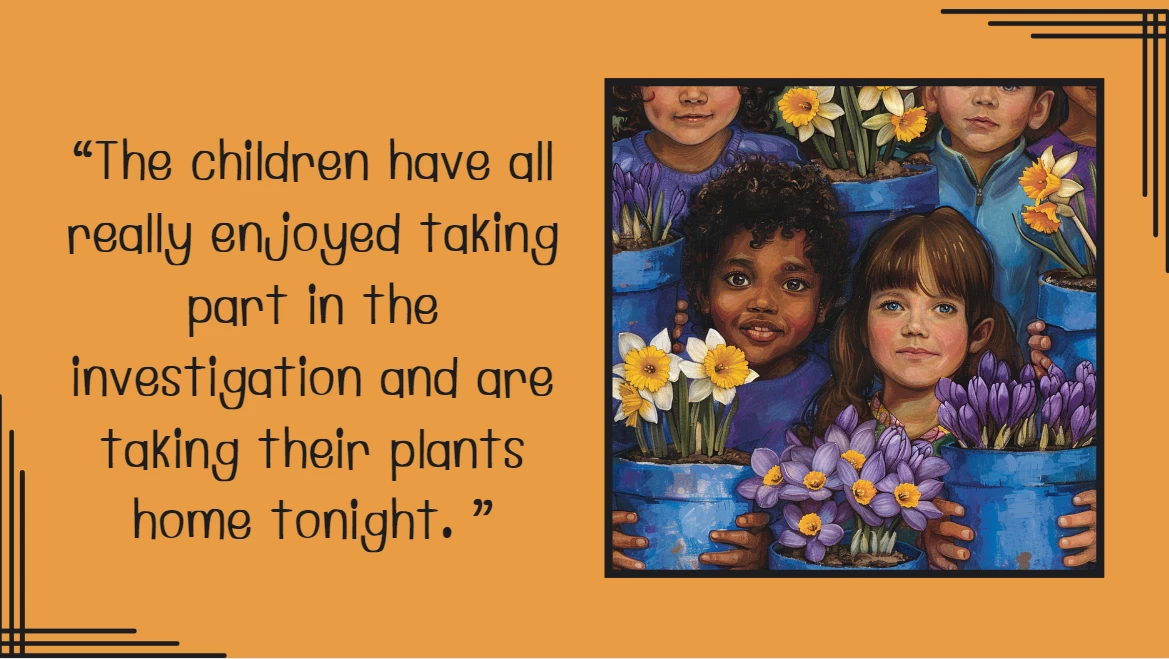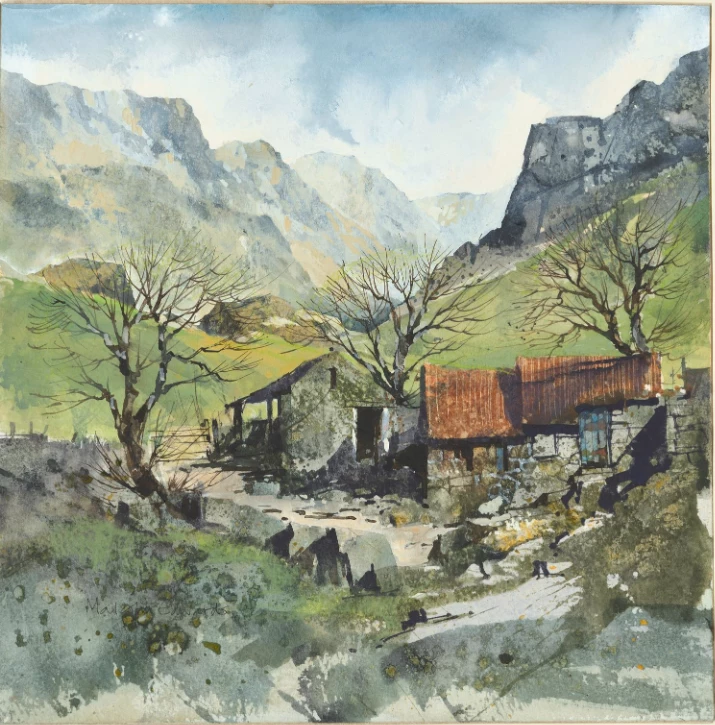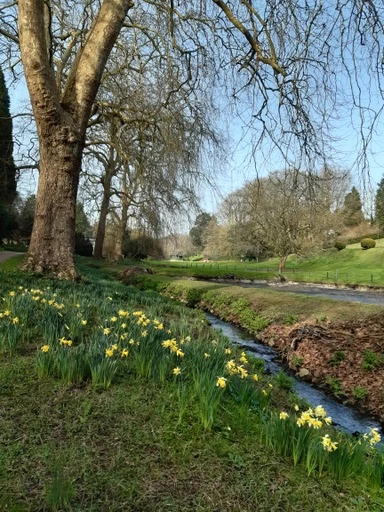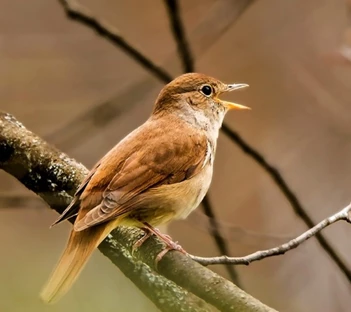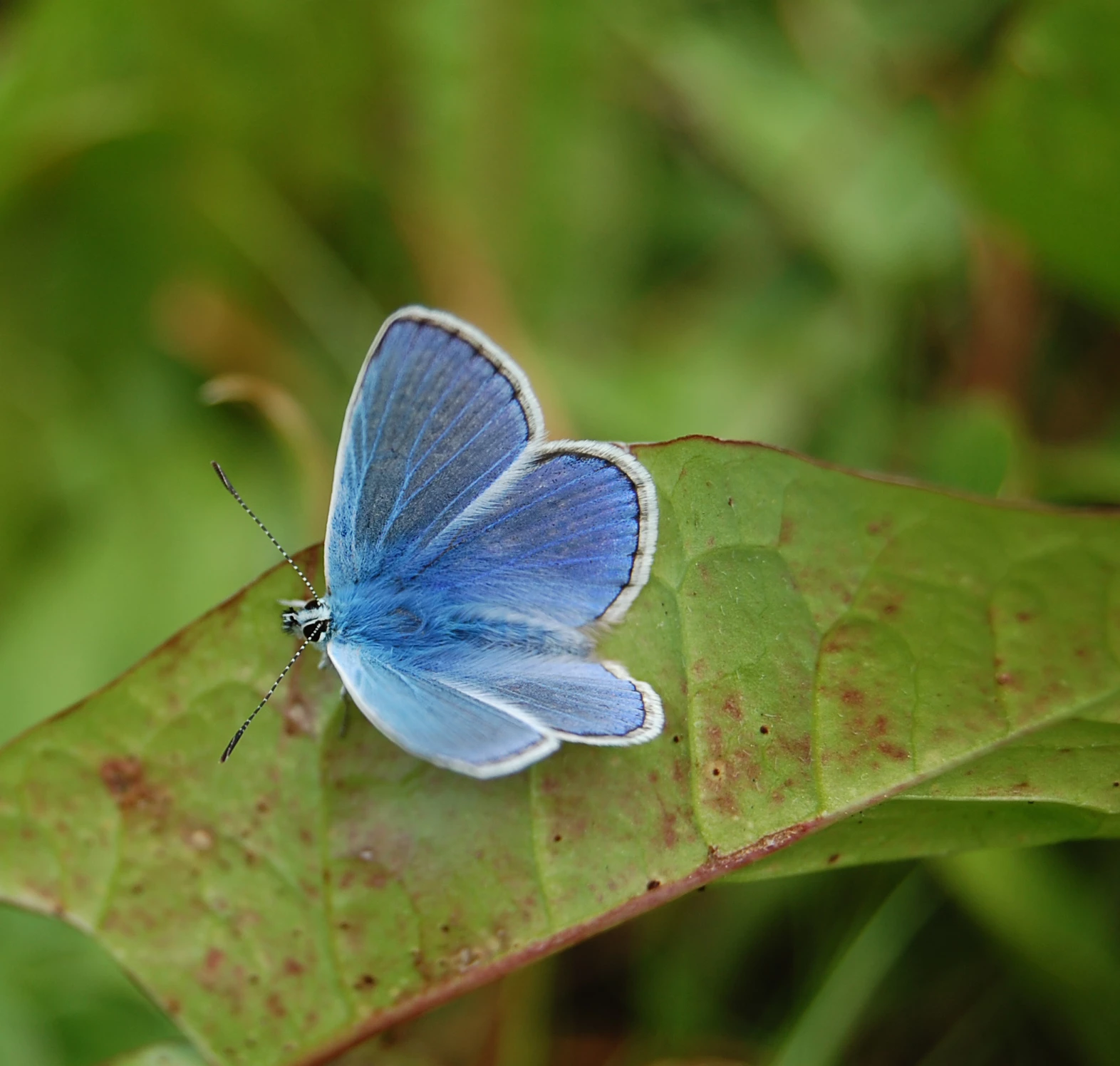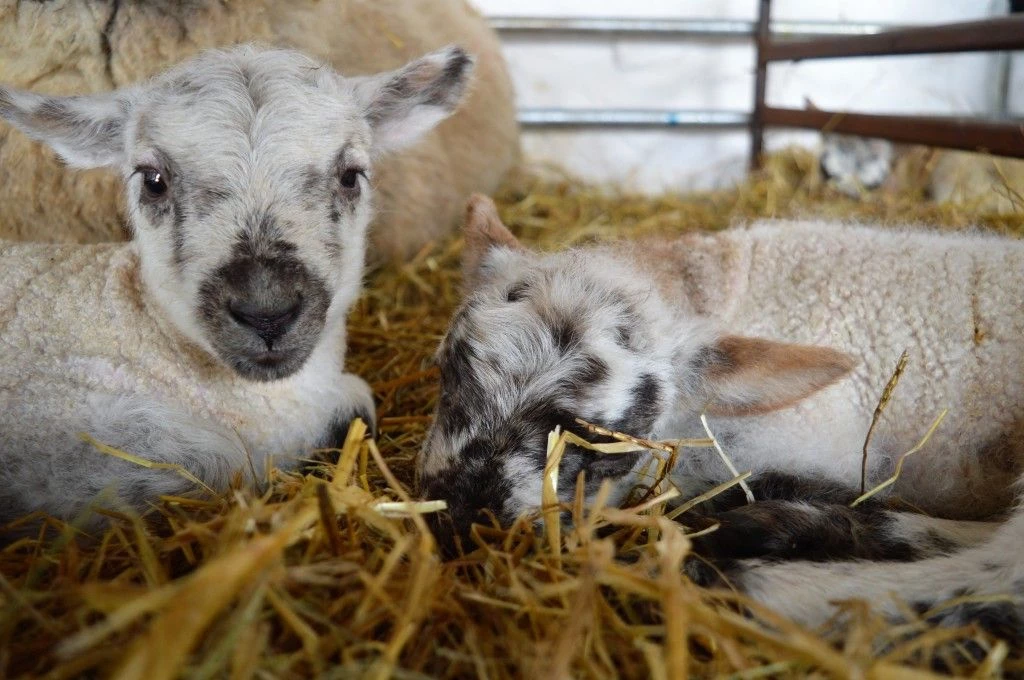Hi Bulb Buddies! There’s something in the air at the moment, as winter begins to turn into Spring. You may have noticed blooming flowers, chirping birds, and longer days? These are some of the earliest signs that springtime is coming! Let's dive in and explore some of the exciting changes that you might notice as this season draws closer.
What is Spring?
Spring is one of the four seasons that we experience each year. It comes after winter and before summer. During spring, the days become warmer, and nature starts to wake up from its winter snooze. In the UK Spring begins in March, so it’s still a few weeks away. But there are lots of signs that it’s coming.
The Early Signs of Spring:
- Blossoming Flowers: One of the first signs of spring is the appearance of colorful flowers. Keep an eye out for daffodils, crocus, tulips, cherry blossoms, and many more as they start to bloom and paint the world with their vibrant hues.
- Singing Birds: Have you noticed the cheerful melodies filling the air? That's the sound of birds returning from their winter migrations and singing to attract mates or establish territories. Listen closely, and you might even hear the distinctive songs of robins, sparrows, and finches.
- Buzzing Bees and Butterflies: As the flowers bloom, they attract busy bees and fluttering butterflies. These important pollinators play a crucial role in helping plants reproduce. Watch them flit from flower to flower, collecting nectar and pollen.
- Greening of Trees: Look around, and you'll notice the leaves on trees starting to unfurl. Spring brings new growth, transforming bare branches into lush green canopies. It's a sign that life is returning to the land.
- Warmer Weather: Bid farewell to chilly days as spring brings warmer temperatures. It's time to shed those bulky winter jackets and enjoy the gentle sunshine.
- Baby Animals: Spring is a time of birth and renewal. Keep an eye out for baby animals like ducklings, lambs, and bunnies as they make their debut in the world. You can watch for new lambs on the LAMBCAM from 1 March: Lambcam 2024 (museum.wales)
- Rain Showers: Don't forget your umbrella! Spring often brings showers that help nourish the earth and support new plant growth. So, embrace the rain and splash in the puddles.
- Longer Days: Have you noticed that the days are getting longer? That's because spring marks the time when the Earth's axis tilts closer to the sun, giving us more daylight to enjoy outdoor adventures.
Spring is truly a magical time of year, full of wonder and new beginnings. So, grab your magnifying glass, put on your explorer hat, and venture outdoors to see how many signs of spring you can spot! One might be your bulbs, have they started to grow? Can you see what colours your flowers will be yet?
You can share your photos via email or on Twitter by tagging @Professor_Plant
If this is your favourite part of the investigation so far, maybe it will inspire your entry to the BULBCAST video competition! More details on this can be found here: Bulbcast 2024
Keep up the good work Bulb Buddies,
Professor Plant
